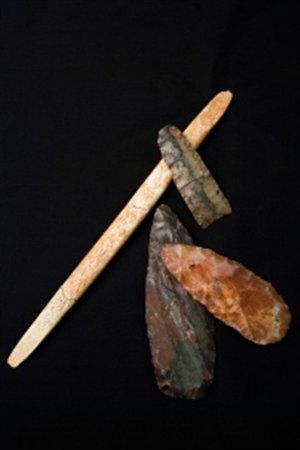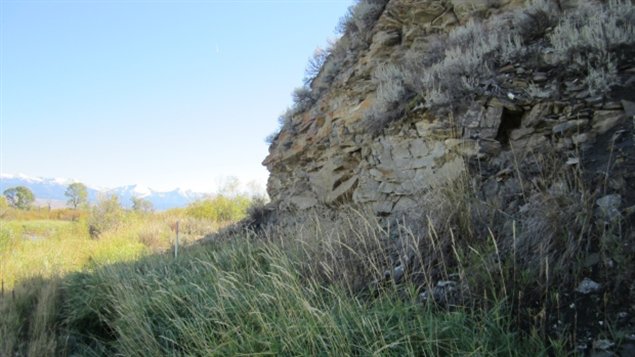The DNA of toddler buried 12,600 years ago has rekindled heated debate over whether the natives of North America originated in Asia or Europe.
The partial skeleton of a one-year-old boy was found in Montana, U.S.A. in 1968 and has now yielded a full genome sequence. It indicates his people were direct ancestors of many of today’s aboriginal people on this continent, and it supports the theory that the first of them migrated from easternmost Asia over the Bering land bridge which was exposed as the glaciers receded. The results were published in the online Nature publication.

The burial site contained 125 artifacts including stone spear points that were centuries older than the bones. Anthropologists say they were special heirlooms indicating the boy was a member of the Clovis culture, from which as many as 80 per cent of native tribes are descended.
In spite of this analysis, there are anthropologists who insist they have DNA material which links many aboriginals with western Eurasia. That supports the theory that people may have migrated from southwest Europe, perhaps in kayaks made of animal skins.







For reasons beyond our control, and for an undetermined period of time, our comment section is now closed. However, our social networks remain open to your contributions.